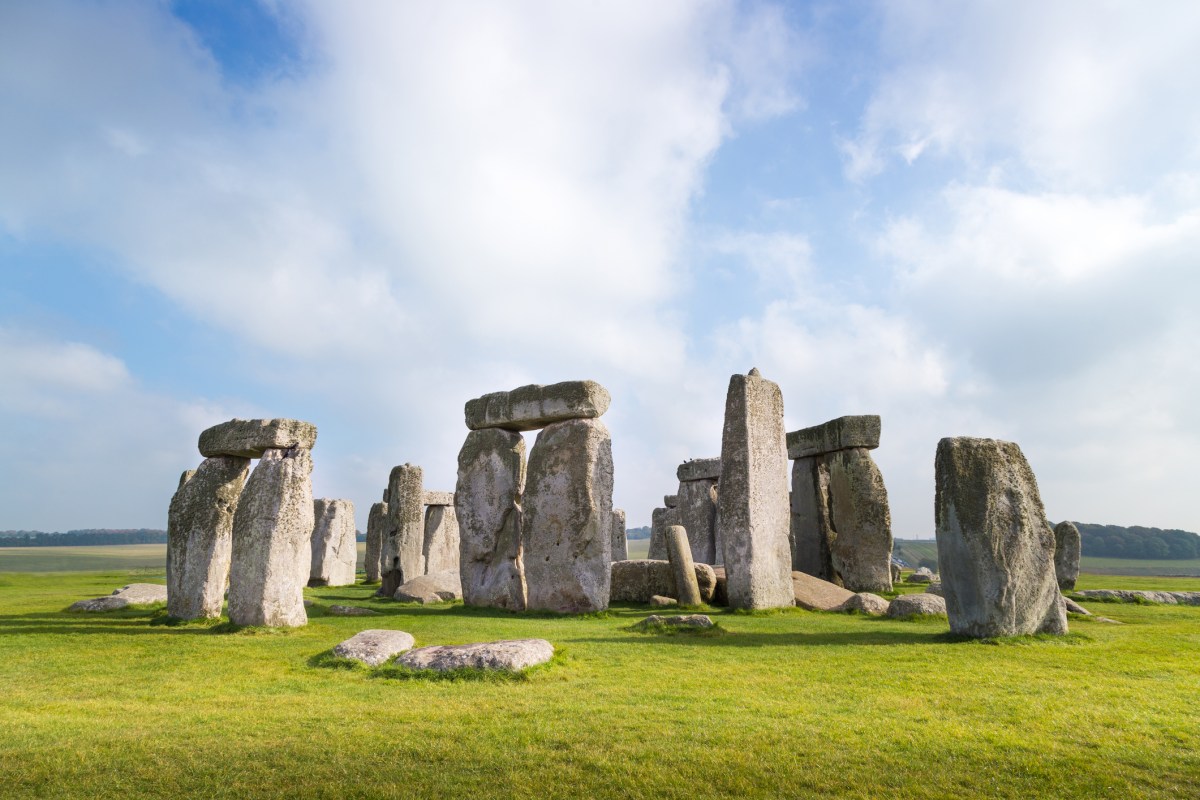Who wouldn’t want to roast a pig at Stonehenge? New research shows that the iconic structure in southern England was a gathering site for Neolithic feasts, and may have been welcoming pilgrims from as far away as Scotland.
The research, published in Scientific Advances, analyzed isotopes from the bones of 131 pigs, which were the feasts’ featured entrées, according to Atlas Obscura. The researchers then traced the animals’ origins to a wide range of locations around the modern-day United Kingdom, such as northeastern England and western Wales.
According to lead author Richard Madgwick of Cardiff University, the pig remains’ geographic diversity indicates that the feasts “could be seen as the first united cultural events of our island.” Plus, since it appears that people went through great effort to bring their own local fare, the feasts show the lengths prehistoric people went ton converge.
Thanks for reading InsideHook. Sign up for our daily newsletter and be in the know.


















